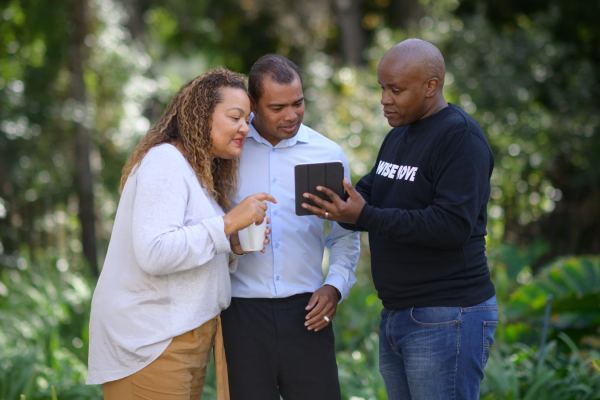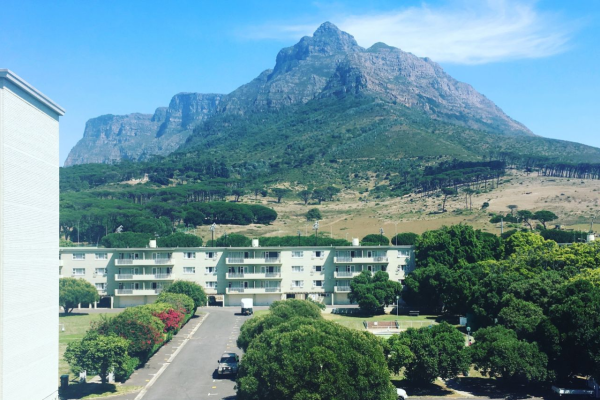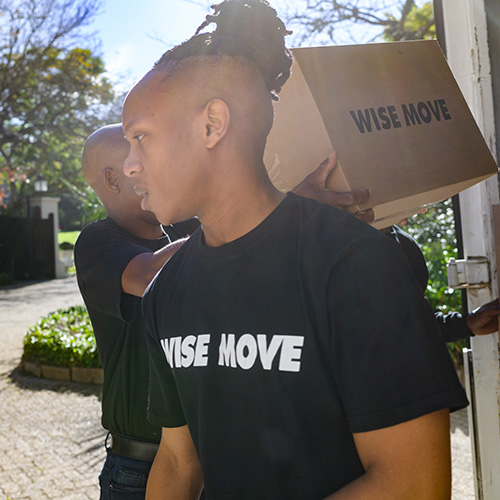Your Step-by-Step Guide to Applying for NSFAS Funding

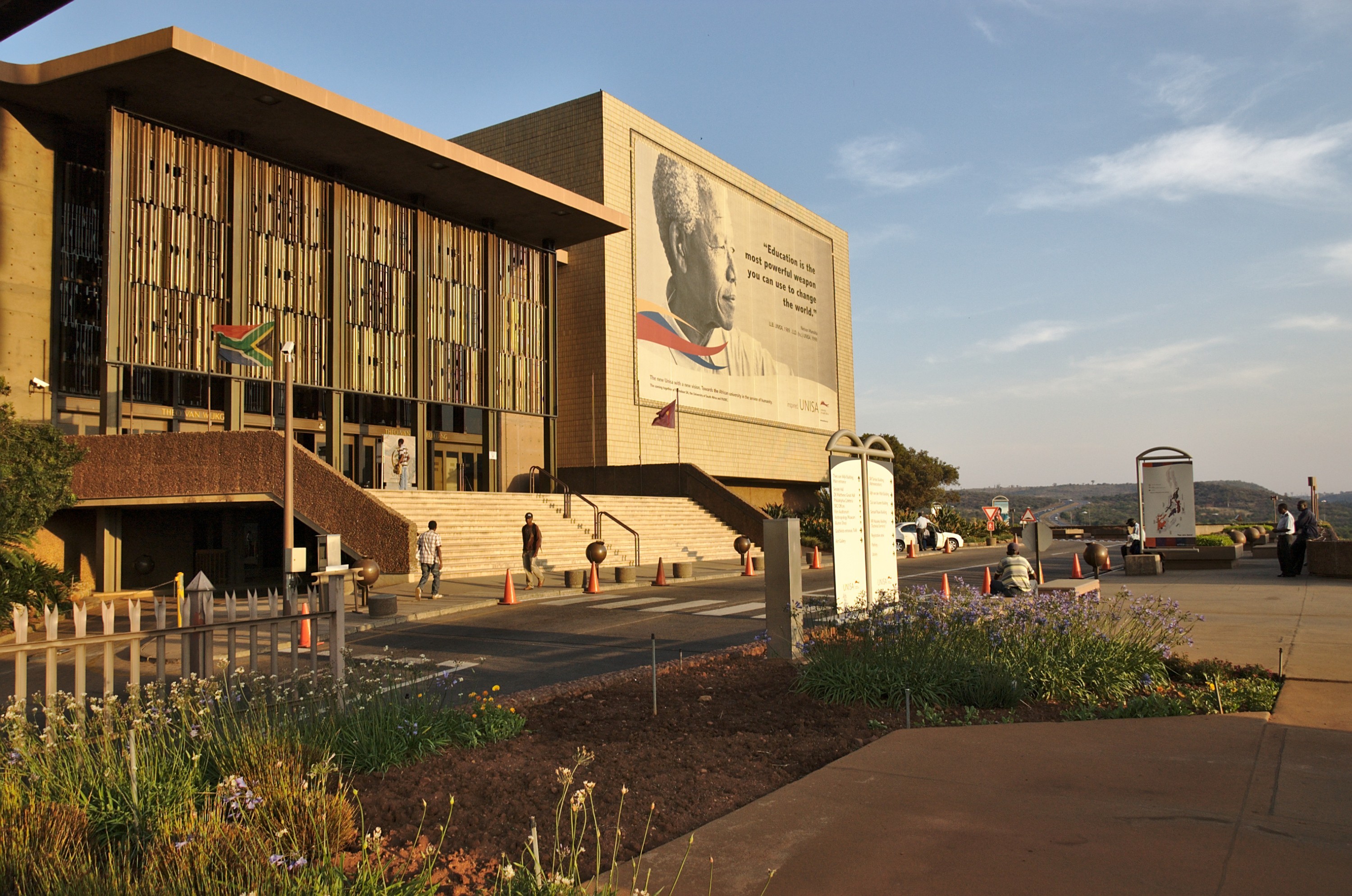
With deadlines closing soon, it’s time to submit your application. But students already have enough on their plate with exams and college applications.
Let's make it easy for you. We’re covering everything you need to know before you apply for NSFAS. Plus, we’re simplifying the application process into seven easy steps.
The National Student Financial Aid Scheme in a nutshell
The National Student Financial Aid Scheme (NSFAS) is a government bursary and loan scheme. It’s a great option to help South Africans who can’t afford higher education.
If you need to apply for NSFAS this year, you’re not alone. In 2021, the scheme funded 67% of university students. The scheme also funded 33% of TVET students.
The bursary helps students pay for registration, tuition, and learning materials. Expenses like food, personal care, accommodation and transport are included.
Students with disabilities need additional support. NSFAS covers their medical assessments and assistive devices. The fund will also cover caregivers, sign language interpreters, tutors, and scribes.
Who can apply for NSFAS funding?
Excited to start your application? The first step is finding out if you’re eligible to receive funding.
To qualify for NSFAS, you need to:
-
Be a South African citizen or permanent resident
-
Apply or enrol at a public university or TVET college
-
Have a household income lower than R350,000 per year for bursary applications
-
Have a household income between R350000 and R600000 for loan applications
-
Be a person with disabilities with a household income below R600 000.
Who can’t apply for NSFAS funding?
Unfortunately, NSFAS funding is not available to everyone. If you fall under one of the following categories, you won’t qualify for an NSFAS bursary or loan.
-
Students who have funded 100% of their studies from non-NSFAS sources.
-
Students who want to pursue a second undergraduate degree
-
A student who wants to pursue a second certificate qualification.
-
Students studying at a private institution.
-
Students pursuing qualifications not approved by DHET and/or SAQA accredited.
READ: If you're not sure where you want to study, check out the top universities our country has to offer.
NSFAS application deadlines
You can start applying for NSFAS funding in September and applications close mid-December. Remember, this is the year before you want to study, so make sure you have all your ducks in a row.
NSFAS application dates for the 2025 academic year:
Opening date: September 20, 2024
Closing date: December 15, 2025
It's a good idea to apply as early as possible to account for any application mistakes and delays. If you apply before peak application times, you might get your results faster.
What’s the difference between a NSFAS loan and bursary?
Is NSFAS a bursary or a loan? The answer is both. The organisation offers bursaries and low-interest loans for students. Check out the table to see which one is right for you.
|
NSFAS Bursaries |
NSFAS Loans |
|
|
|
|
|
|
|
|
|
|
 How to apply for NSFAS funding
How to apply for NSFAS funding
There's no mountain of paperwork and forms to stress about. You can apply for NSFAS funding through an online portal. The new and improved system is intuitive and helpful.
Follow these seven steps to apply for an NSFAS bursary or loan.
Step 1: Create Your myNSFAS Account online
Grab your ID card or booklet. Visit the NSFAS website and click the register tab to create an account.
The portal will ask for your details, contact information, and ID number. Make sure everything you enter matches your ID card.
If you don’t have internet or computer access, you can still apply directly at the university or college of your choice– or the nearest National Youth Development Agency (NYDA) centre.
Step 2: Prepare all the needed documents and information
Make sure you have the following on hand before you move on to the apply section.
-
Copy of your ID or birth certificate
-
Your cellphone number and an email address
-
Your parent's, guardian's or spouse’s proof of income
-
Your proof of income (not necessary for SASSA grant recipients)
-
ID copies of your parents, guardian or spouse (If applicable)
-
Disability Annexure A From for applicants with disabilities
-
Vulnerable Child Declaration and Consent form (if applicable)
You will also need to certify all copies of IDs and academic results.
Step 3: Start your application
Click on the “Apply” button on the myNSFAS portal.
Fill in all the sections carefully to avoid mistakes. Set some time aside, don’t rush this step.
Choose the right academic level, whether you apply in matric or after.
Step 4: Upload your documents
Before you submit, upload all the requested documents. An incomplete application can lead to a delay or even a rejection.
Step 5: Submit and track your application
Before you hit that button, take some time to read through all the sections.
Double-check all the details you entered and your documents. Believe it or not, this is the most important step in your NSFAS application.
Once the checks are complete, you can submit your application. You can log into your myNSFAS account anytime to track the progress of your application.
Step 6: Relax and wait for NSFAS approval
The wait can test your patience but don’t stress. Check your application status regularly to spot any issues early. Students usually get a response within 30 days.
During peak application periods towards the end of the year, it can take up to 6 weeks to get feedback.
Try to apply early when applications open for peace of mind.
Step 7: Accept your NSFAS Bursary offer
Now on to the best part, accepting your offer. But before you do, read the terms and conditions of your bursary.
NSFAS bursaries depend on your academic attendance and performance. Study these to avoid any surprise cancellations later if you breach the contract.
Read the full NSFAS bursary terms and conditions. Loan terms will differ. Once you’re happy with your offer and terms, visit the myNSFAS portal to accept it.
The application can be long and complex. But with these seven steps, it’s straightforward and fast. What are you waiting for? Visit the NSFAS portal to start your application on a phone or PC.
Kickstart your academic journey and apply for NSFAS
Don't let financial challenges get in the way of your future. With only a few steps, you can get the best education and training in SA.
Are you ready to embark on the next chapter of your life? We’d love to be a part of it. Our team of professional movers can make your move to university stress-free and affordable.
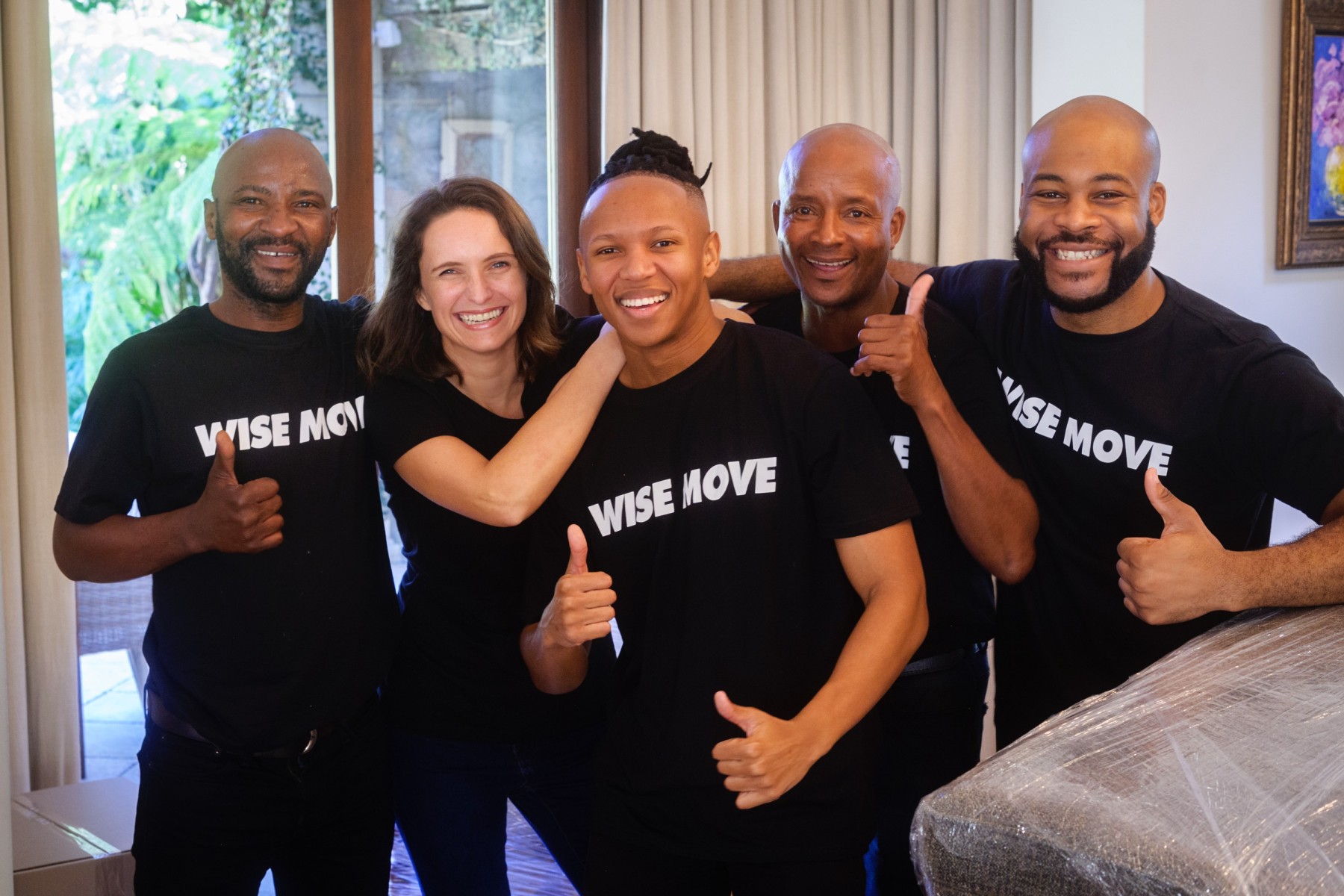
What do our customers say?



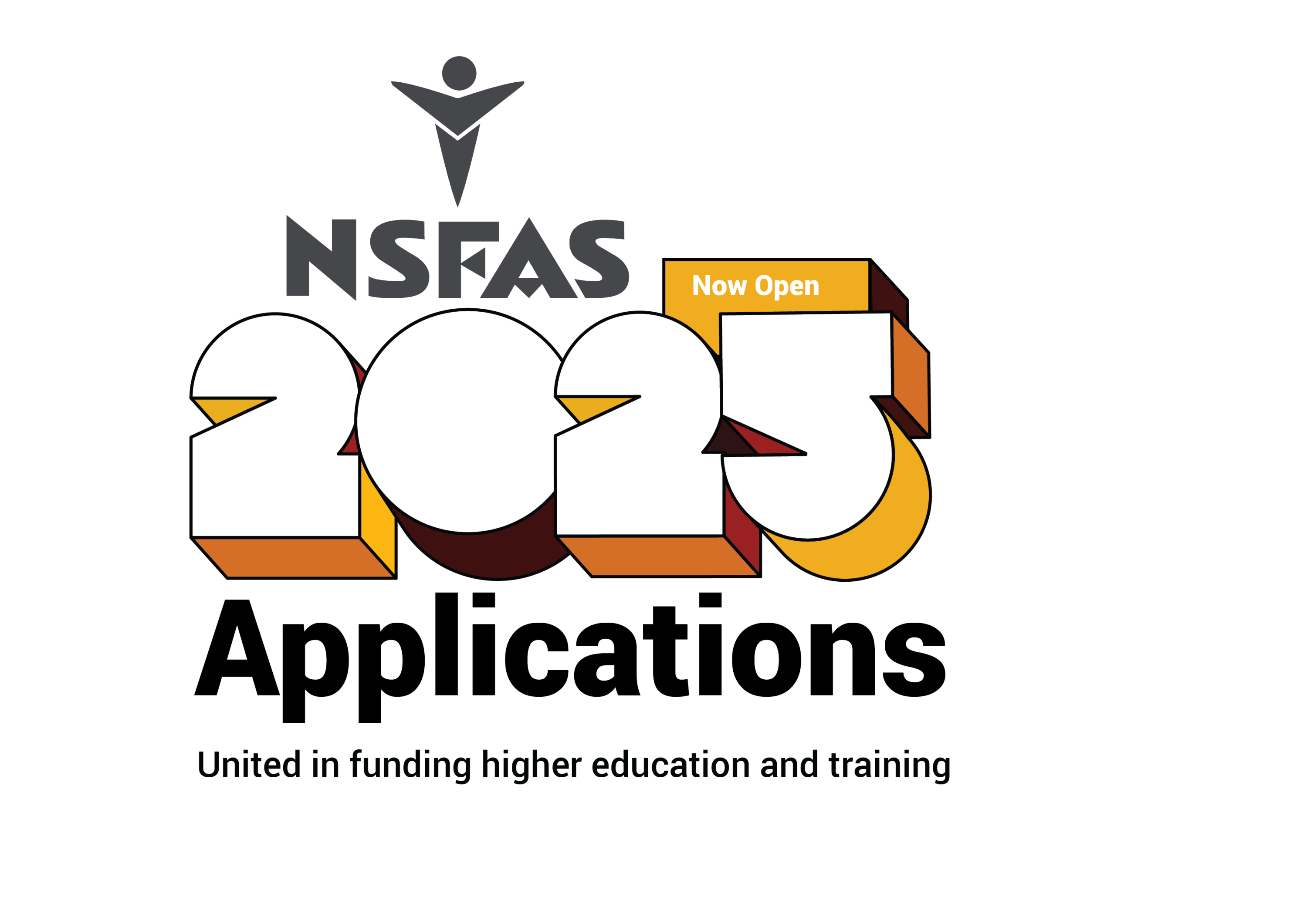 How to apply for NSFAS funding
How to apply for NSFAS funding

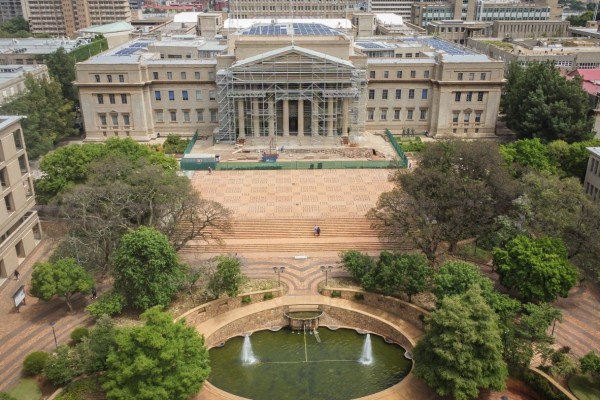



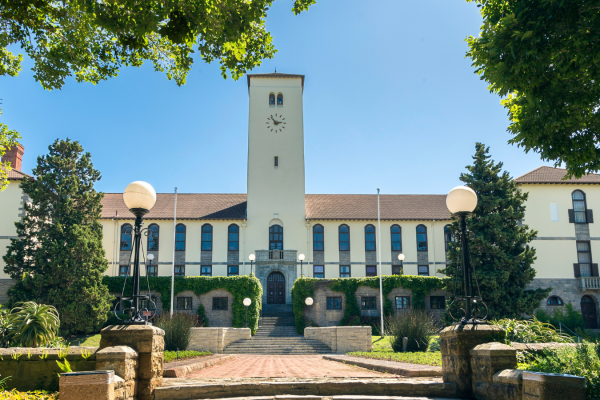
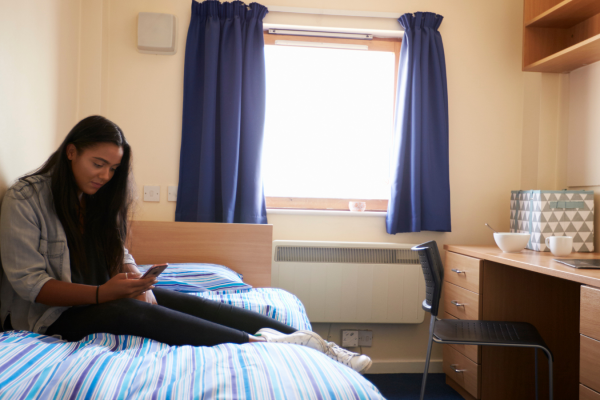

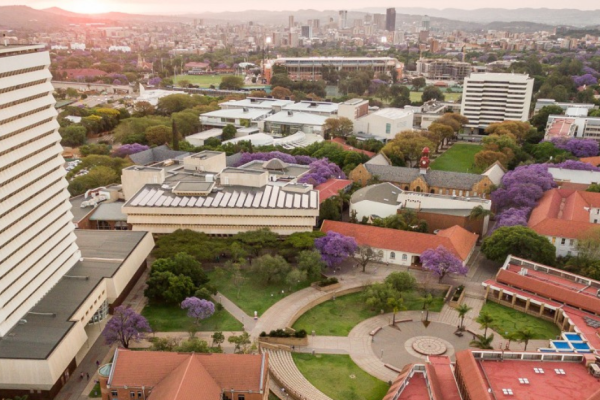
![4 Options for Small Business Funding in South Africa [2025] 4 Options for Small Business Funding in South Africa [2025]](https://cdn.wisemove.co.za/image/blog/fdeabac70544bb1ae3cf420850191033.png)



![The Cost of Living in Durban [2025] The Cost of Living in Durban [2025]](https://cdn.wisemove.co.za/image/blog/33d6922f3018eeb43ebed98163e7b2cd.jpeg)




